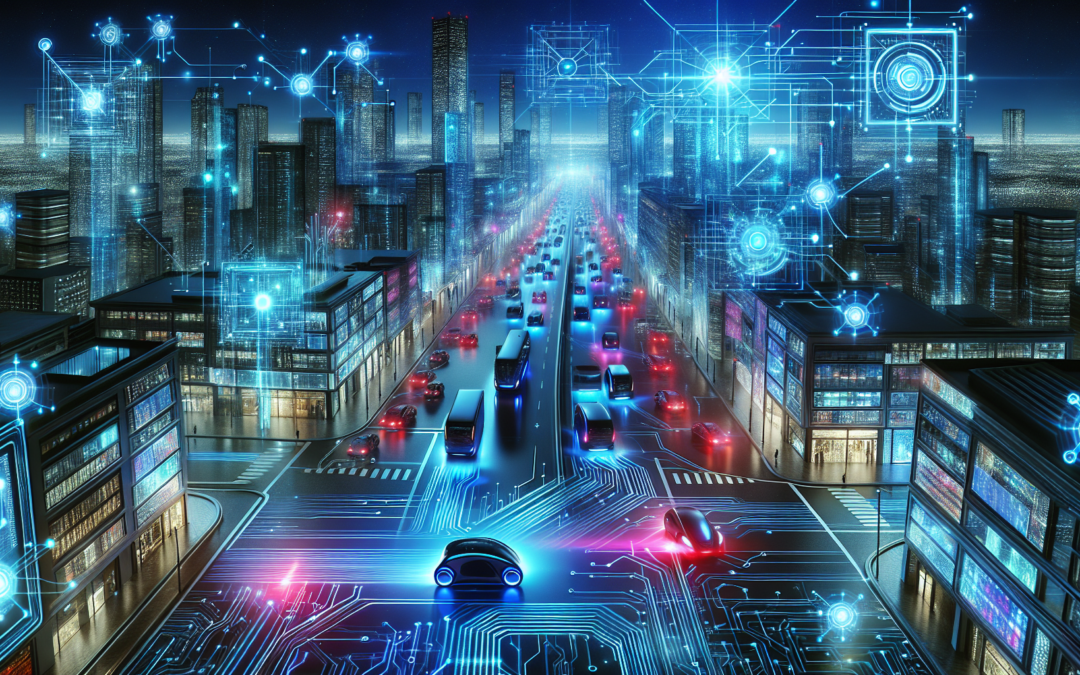The Evolution of Edge Computing in Autonomous Vehicles
In recent years, the rapid development of autonomous vehicles has been astonishing. One of the critical game-changers spearheading this evolution is edge computing. By processing data closer to the source of generation, edge computing reduces latency and enhances real-time decision-making capabilities, which is paramount for autonomous vehicles.
The potential of edge computing has become more pronounced with the need for autonomous vehicles to make split-second decisions. With the help of edge computing, vehicles can process data locally without relying heavily on centralized data centers. This is particularly crucial in scenarios where every microsecond counts, such as avoiding collisions or responding to sudden traffic changes.
Why Edge Computing Is Essential
1. Reduced Latency: Traditional cloud computing architecture relies on centralized data centers, which can be geographically distant from the end-device. This physical separation can introduce latency which is unacceptable for autonomous vehicle operations. By localizing data processing, edge computing ensures faster response times.
2. Enhanced Data Security: Data privacy and security are paramount in today’s interconnected world. Edge computing minimizes the amount of sensitive data transmitted to central servers, thereby reducing potential exposure to cyber-attacks.
3. Reliability and Resilience: Autonomous vehicles cannot afford downtime. Edge computing ensures that operations do not depend on continuous connectivity to a central server, making the system more resilient to network failures.
Applications beyond Autonomous Vehicles
Edge computing’s impact goes beyond autonomous vehicles. It is transforming other sectors including:
- Smart Cities: Infrastructure management, traffic monitoring, and public safety can all benefit from edge computing. Real-time data processing can optimize city functions and enhance citizen services.
- Healthcare: IoT devices in healthcare can process patient data locally, enabling quicker response times during emergencies and reducing the load on centralized medical databases.
- Retail: Retail operations benefit from edge computing by providing personalized customer experiences, optimizing inventory management, and ensuring smoother transactions.
The Role of Cloud-Edge Collaboration
While edge computing is invaluable, it works best when combined with cloud computing. By striking a balance between edge and cloud, organizations can leverage the best of both worlds. Edge computing handles real-time data processing and immediate decision-making, while cloud computing excels in large-scale data storage and advanced analytics.
Challenges and Considerations
Despite its benefits, integrating edge computing with autonomous vehicles and other applications poses certain challenges:
1. Infrastructure Investment: Implementing edge computing requires significant upfront investment in hardware and software infrastructure.
2. Data Management: Managing data at the edge and ensuring its integrity when synchronized with cloud storage can be complex.
3. Security Risks: While edge computing can reduce data exposure, securing numerous edge devices introduces new challenges. Ensuring all edge devices meet the security standards is essential.
Continuous developments in edge computing technology are addressing many of these challenges, making it increasingly accessible for broader applications.
Conclusion
Edge computing is not just a technological advancement; it’s a revolution, particularly for the autonomous vehicle sector. With its ability to process data locally, reduce latency, enhance security, and improve resilience, edge computing is paving the way for smarter, safer, and more efficient vehicles on our roads. Beyond autonomous vehicles, the applications of edge computing are far-reaching, promising significant improvements in various sectors such as healthcare, retail, and smart cities.
As the technology matures, the collaboration between edge and cloud computing will unlock even greater potential, driving innovation and raising the bar for what can be achieved in real-time data processing and decision-making.
You can read more about how edge computing is revolutionizing the tech world in this article.
